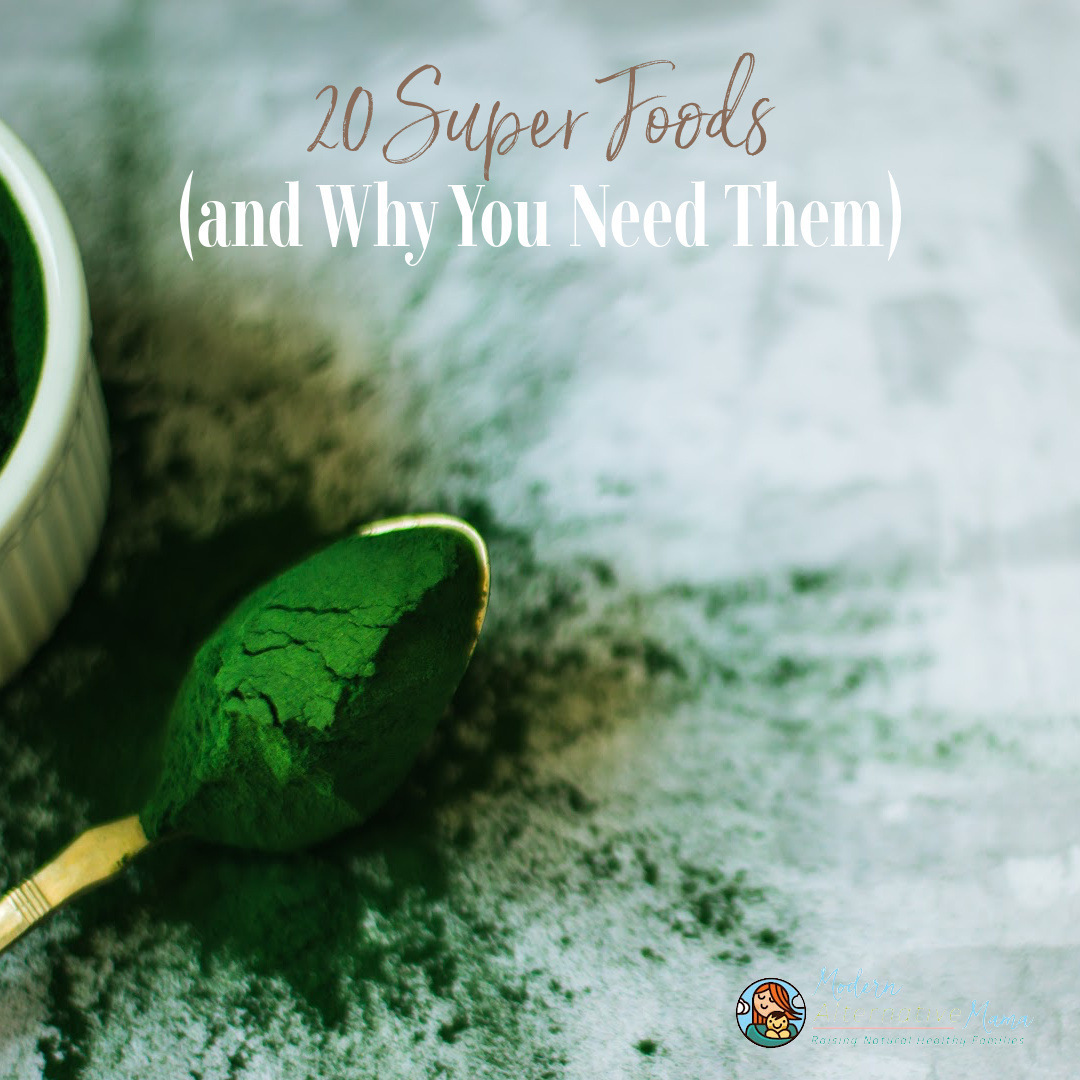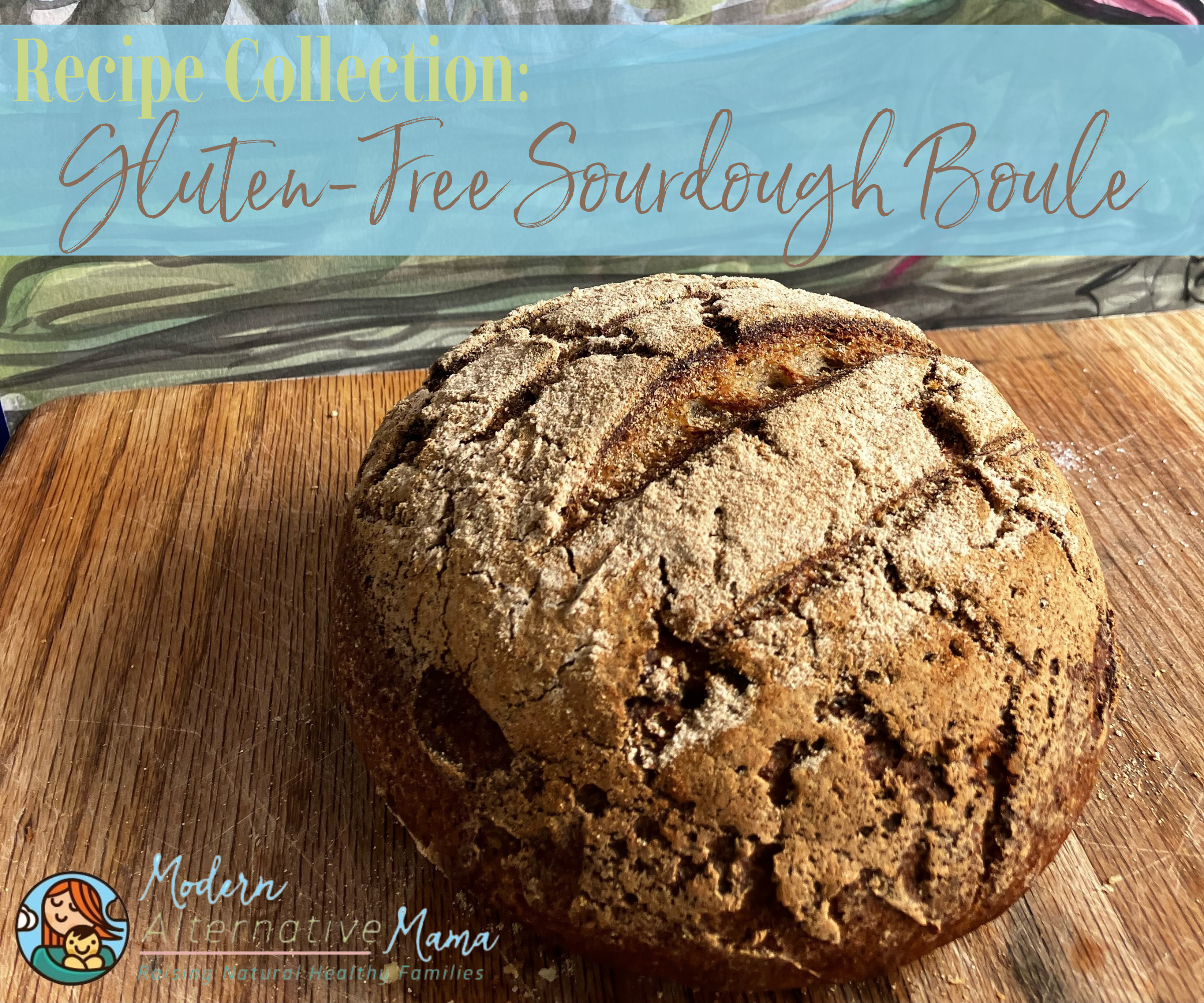Written by Kate Tietje
Mozzarella is a yummy, fun cheese to make and eat! Buying (good mozzarella) at the store is not as easy. It can’t be purchased raw (in most areas) because it is not an aged cheese, and only cheeses aged 60 days or more can be sold raw in areas where raw milk sales are illegal (this is arbitrary; aging doesn’t guarantee any safety, anymore more than pasteurizing does).
Most shredded mozzarellas are filled with corn starch and other fillers, like wood pulp and stabilizers, so it doesn’t clump together in the bag. Unfortunately, when my daughter was dairy-free, she reacted the worst to mozzarella compared to any other cheese, so going back to store-bought was a big no-no for quite a while. If you want dairy-free mozzarella cheese, check out this cashew-based mozzarella cheese recipe!
Now, I will occasionally choose whole milk unshredded mozzarella if in a pinch. But making cheese at home is really so easy. I started getting my mozzarella recipe online but eventually evolved to making my preferred process and recipe. So, today, I’m sharing my mozzarella-making ways with you.
Mozzarella Cheese
For this recipe, you will need an 8-quart stock pot.
Ingredients:
- 1 gallon of milk, preferably raw (but not ultra-pasteurized)
- 1/4 cup water (divided in 2)
- 1 tsp. citric acid
- 15 drops liquid rennet
- 1/4 cup sea salt
Directions:
Step 1: Scoop the cream off your milk (it will separate anyway and waste the cream). You can save the cream to make homemade butter!
Step 2: Pour the milk into your 8-quart stock pot. You could use a larger one if you want and will definitely need to if you want to do more than one gallon at a time.
Step 3: In a small bowl or cup, mix 2 tbsp. filtered water and 1 tsp. citric acid before adding the mixture to the pot of milk and stirring gently to combine.
Step 4: Place a lid on the pot and lower the heat (to low).
Step 5: Leave it for 15 – 20 minutes until warm. I know it’s ready to remove from the heat when it feels slightly warm to the finger.
Step 6: In a small bowl or cup, mix the rennet with the remaining 2 tbsp. water and add the mixture to the pot.
Step 7: Stir the contents of the pot before covering. Leave for 15 – 20 minutes until the milk solidifies into cheese and whey.
Step 8: Using a long knife, slice the cheese into cubes and let them sit for another few minutes (until it fully separates). It is normal for the greenish whey to pool onto the cheese.
Step 9: Line a colander with cheesecloth and place a bowl underneath the colander to save the whey before pouring the cheese into the colander.
Step 10: Gather the edges of the cheesecloth together and use a rubber band to close it.
Step 11: Hang the cheesecloth somehow to dry for at least 8 hours. If you can’t hang it somewhere, just let it sit in the colander with the bowl underneath to catch all the whey.
Step 12: Cut the cheese into cubes, pour the whey back into your stock pot, and heat it over medium-high heat until it’s steaming (around 180ºF). Add your salt and stir to dissolve.
Step 13: Add the cheese cubes to the steaming whey and stir them around until they melt.
Step 14: Grab a second stirring utensil and continue to stir and stretch them as they melt. This stretching is what makes it mozzarella! It will turn shiny as you do this, too. Keep using both spoons to stretch and wind the cheese, dipping it back into the boiling whey if it cools too much. Ensure all the cubes are completely melted so you don’t have lumpy, weird cheese.
Step 15: Once shiny and stretched, form it into a ball and place it into a glass container with some water surrounding it. Ensure the water covers the top of the ball so it doesn’t dry out.
Now you have mozzarella! Easy, right?
Mozzarella Cheese
Ingredients
- 1 gallon of milk preferably raw (but not ultra-pasteurized)
- 1/4 cup water divided in 2
- 1 tsp. citric acid
- 15 drops liquid rennet
- 1/4 cup sea salt
Instructions
- Scoop the cream off your milk (it will separate anyway and waste the cream). You can save the cream to make homemade butter!
- Pour the milk into your 8-quart stock pot. You could use a larger one if you want and will definitely need to if you want to do more than one gallon at a time.
- In a small bowl or cup, mix 2 tbsp. filtered water and 1 tsp. citric acid before adding the mixture to the pot of milk and stirring gently to combine.
- Place a lid on the pot and lower the heat (to low).
- Leave it for 15 - 20 minutes until warm. I know it's ready to remove from the heat when it feels slightly warm to the finger.
- In a small bowl or cup, mix the rennet with the remaining 2 tbsp. water and add the mixture to the pot.
- Stir the contents of the pot before covering. Leave for 15 - 20 minutes until the milk solidifies into cheese and whey.
- Using a long knife, slice the cheese into cubes and let them sit for another few minutes (until it fully separates). It is normal for the greenish whey to pool onto the cheese.
- Line a colander with cheesecloth and place a bowl underneath the colander to save the whey before pouring the cheese into the colander.
- Gather the edges of the cheesecloth together and use a rubber band to close it.
- Hang the cheesecloth somehow to dry for at least 8 hours. If you can't hang it somewhere, just let it sit in the colander with the bowl underneath to catch all the whey.
- Cut the cheese into cubes, pour the whey back into your stock pot, and heat it over medium-high heat until it's steaming (around 180ºF). Add your salt and stir to dissolve.
- Add the cheese cubes to the steaming whey and stir them around until they melt.
- Grab a second stirring utensil and continue to stir and stretch them as they melt. This stretching is what makes it mozzarella! It will turn shiny as you do this, too. Keep using both spoons to stretch and wind the cheese, dipping it back into the boiling whey if it cools too much. Ensure all the cubes are completely melted so you don't have lumpy, weird cheese.
- Once shiny and stretched, form it into a ball and place it into a glass container with some water surrounding it. Ensure the water covers the top of the ball so it doesn't dry out.






I've read how to do this in books I borrowed from the library and it always sounded so complicated. The way you wrote it and your pictures make it actually seem easy! I can't wait to try this! Thank you!!!
I think I'm going to try this. You made it sound do-able! Can this be frozen?
I made mozz cheese regularly when I was a teen, but that was a long time ago, and I am having to re-learn. I don't have liquid rennet on hand, but rather rennet tablets. Do you know if this would work with your method? I am anxious to try, as your directions make it sound so easy and fun.
Shelley,
Yes, it can be frozen. 🙂 I actually often make the extra into mozzarella sticks and those have to be frozen. Still yummy!
Trina,
I believe so, though I don't know the conversion. I want to say 1/2 – 3/4 tablet? I'm sure someone has some hints on how to convert between liquid and tablets.
Where do you buy the citric acid? And I'd love to know the tablet rennet version, too, if anyone has answers!
I like that it uses skimmed milk so that I can keep the cream for butter! I haven't ventured past simple cheesemaking, such as chevre, but am eager to try something else, thanks for the easy directions.
This is great! I actually have made moz before using a too-simplified set of directions. Your directions look easy to follow, but include all the important steps! Thanks for sharing!
So how much mozzarella do you end up with from 1 gallon of milk? When I made it before, it only made about 6 oz I think. But again, I didn't do everything correctly or do all the steps.
And what do you do with all that whey? I know I can use some of it to soak grains, lacto-ferment condiments, etc. But I'm thinking you end up with SO much whey and all the things I know to do with it only use a little bit. Does some of yours get wasted?
Michelle,
Health food stores have citric acid! Mine was only about $5 for the whole bottle, I think.
Jessica,
It's supposed to be possible to cook the whey more and get ricotta cheese out of it, but this has never worked for me. Most of it WILL get wasted, unfortunately. Since it's been heated, it shouldn't be used for soaking. I think I get close to 16 oz. out of each gallon, maybe a little less. But it "should" be around 1 lb. of cheese in one gallon of milk.
Oh, wow, 16oz is much better! I wouldn't feel like I was wasting a gallon of milk if I could get a pound of cheese out of it!
I wonder if you could use just part of the whey to heat to finish the cheese? That way you could still use some of the whey for other things.
My other moz directions didn't have that step, so I had all un-heated whey.
What about using previously-heated whey for adding protein to smoothies? Isn't whey protein? I can't imagine it tasting very good though! :o)
I have made ricotta successfully after a *failed* batch of mozz – it was the best ricotta I've ever had. That's why I really want to learn to make mozz!
I have made mozzarella before, but the instructions I had said to use a microwave to heat the cheese, and I didn't have one. Besides, I didn't want to kill the cheese, you know? So, I'll be interested in trying this recipe the next time I get the urge to make cheese!
Can you please tell me where you buy your liquid rennet? I think that would be so much easier to use than tablets.
I'm interested in making this. I also saw it on Heavenly Homemakers and was intimidated. But seeing it twice (although you've done it before) makes it seem a little less so, know what I mean?
Ok, wow. It never even occurred to me that this was possible! And you make it look almost easy! 😉 Thank you for posting your recipe. A couple of questions:
1) Will it still work if the raw milk is homogenized?
2) Where do you get rennet?
3) How long does it keep in the refrigerator?
Thanks!
Emily,
1) Yes, but you won't be able to scoop the cream off (of course) which means you can't make butter.
2) You can find it at any health food store, or some places online (I bought mine locally, so not sure where online)
3) The cheese? For about a week, though you can freeze it. The rennet? A few months, though it's okay to use even out of date.
Can't wait to try this!! I looked thru the comments to find your answer on where to find rennet – have never bought that before. Thanks for sharing!
love your site – quick comment – some of the pics in this post are of your kiddos at christmas. cutie-patooties, but probably not required in mozzerella making… 🙂
How do you wash your cheesecloth when you’re finished?
I’m sad to say that I tried this and it did not work for me due to several things I’m chalking up to my own error. 🙁 I’m hoping to try again soon, but I wanted to ask a couple of questions first. 1. Do you leave the curds/whey out all night in the colander? I was nervous and put mine in the fridge and now I’m thinking that may have been a mistake. 2. Have you found any difference between vegetable or veal rennet? Do you prefer one to the other when making mozzarella? And finally, 3. when I went to reheat the whey and stretch the curds this morning, I ended up with a pot full of milky-looking whey with no curds. Any troubleshooting tips??